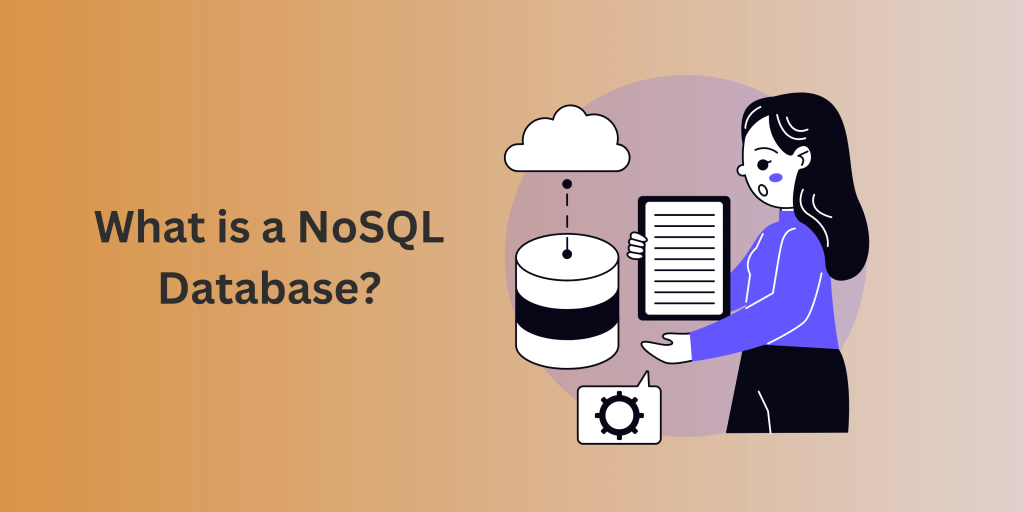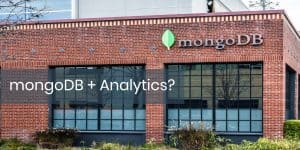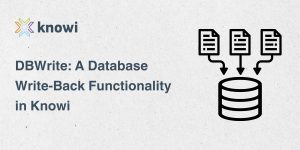Traditional vs. Modern Databases: What Sets Them Apart?
Imagine you’re hosting a party in your new house. You’ve got different types of friends coming over. Some you’ve invited directly, and others have heard of the party and decided to join in. This scenario is much like how data enters into different types of databases.
Traditional Databases are like our planned guest list, structured and predefined. You know exactly who’s coming and what they’ll bring. In the database world, this translates to a rigid schema where data types and relationships are defined in advance. Think SQL databases, where every piece of data has its place, much like every guest has a seat at the table.
However, the Modern Databases are the surprise guests at our party. They’re flexible, scalable, and can handle a variety of data types — from text and images to more complex data like geospatial data or even JSON documents. These databases, such as NoSQL, document stores (e.g., MongoDB), wide-column stores, and graph databases, thrive on flexibility and the ability to adapt to various data velocities and volumes.
What is NoSQL
The term “NoSQL” might sound like it’s against SQL databases, but it’s more about offering alternatives. NoSQL databases are designed to handle high volumes of data that don’t fit neatly into traditional database schemas. They’re perfect for applications that require rapid development, scalability, and the ability to store unstructured data.
Let’s break down a few types of NoSQL databases:
- Document-Oriented Databases (e.g., MongoDB): These are like your open house party. Anyone can come in, and there’s no strict plan. Data is stored in documents, which can be JSON or XML, allowing for a more flexible data model.
- Wide-Column Stores (e.g., Cassandra): Imagine a party where guests can choose from a variety of activities. Wide-column stores allow for a vast number of dynamic columns to be stored. It’s incredibly scalable and allows for the efficient querying of large datasets.
- Graph Databases (e.g., Neo4j): This is like a networked party where everyone is connected. Graph databases store relationships between data points directly, making it ideal for social networks, recommendation engines, etc.
How Does It Work?
Here’s a closer look at how NoSQL databases work:
Key-Value Stores at Heart
At their core, many NoSQL databases function as key-value stores. Each data item is stored as a key-value pair, where the key serves as a unique identifier and the value holds the data, potentially structured as a JSON document. This simple yet effective structure facilitates rapid, straightforward data retrieval without the need for complex joins or transactions.
Partitions
A critical feature of NoSQL databases is their ability to partition data across multiple servers. Partitioning involves dividing the database into segments, each manageable by a different server. This approach not only distributes the workload, enhancing performance, but also ensures data redundancy and reliability. When data is written to a NoSQL database, it is assigned to a partition based on its key, often through a hashing mechanism that ensures an even distribution of data across available servers.
Hashing Mechanism
The hashing mechanism transforms the primary key of each item into a hash value, which determines the partition or server that will store the item. This system allows NoSQL databases to scale horizontally by adding more servers to accommodate growth. Each server is responsible for a specific range of hash values, making it straightforward to locate where any piece of data is stored within the system.
Dynamic Data Handling with Schemaless Design
NoSQL’s schemaless nature means that each item can have a unique structure. This flexibility is particularly advantageous in dynamic environments where data formats can change over time. Without the need for predefined schemas, NoSQL databases can easily incorporate new data types and structures, supporting rapid development and iteration.
Consistency Models
NoSQL databases often employ eventual consistency, a model where updates to the database propagate through the system over time, allowing for high availability and partition tolerance. While this may mean that the most recent write may not be immediately visible across all nodes, it ensures the database remains operational even under heavy loads or partial network failures. For applications requiring immediate consistency, many NoSQL databases offer configurable consistency levels to balance the needs between consistency and performance.
SQL vs NoSQL
| SQL | NoSQL | |
| Strengths | Relational: SQL databases are relational, allowing easy querying across multiple tables. This is crucial for organizing and structuring diverse data efficiently.Structured Data: The requirement for a predefined data model reduces potential errors, ensuring data integrity.ACID Compliance: Ensuring transactions are atomic, consistent, isolated, and durable, SQL databases guarantee that transactions are executed entirely or not at all, enhancing data reliability. | Flexibility: NoSQL databases are easier to set up and are better suited for unstructured data, thanks to their lack of table relationships.Horizontal Scaling: They are designed for easy sharding across distributed systems, allowing for efficient large-scale data storage without hefty server costs. |
| Weaknesses | Setup Time: The need for pre-defined columns and tables means SQL databases take longer to set up and are less suitable for unstructured data.Scaling: Horizontal scaling is challenging due to the relational structure, making vertical scaling (which is often costlier) the primary option for write-heavy systems. | Eventual Consistency: In distributed setups, updates might not propagate immediately, leading to potential access to stale data. This is a trade-off for scalability.Strong Consistency vs. Scalability: While a single-shard NoSQL database can offer strong consistency, exploiting the scalability benefits fully requires a distributed cluster setup. |
The Right Database for Your Party
Choosing between traditional and modern databases depends on the type of “party” you’re hosting with your project. Do you need strict rules and structured invitations (traditional SQL databases), or are you hosting a block party where everyone’s invited, and anything goes (NoSQL databases)?
As the world of data continues to evolve, understanding these concepts is crucial, whether you’re a developer, a business analyst, or just a curious learner. So, the next time you’re planning a “data party,” consider what you need most: structure and reliability or flexibility and scalability.






